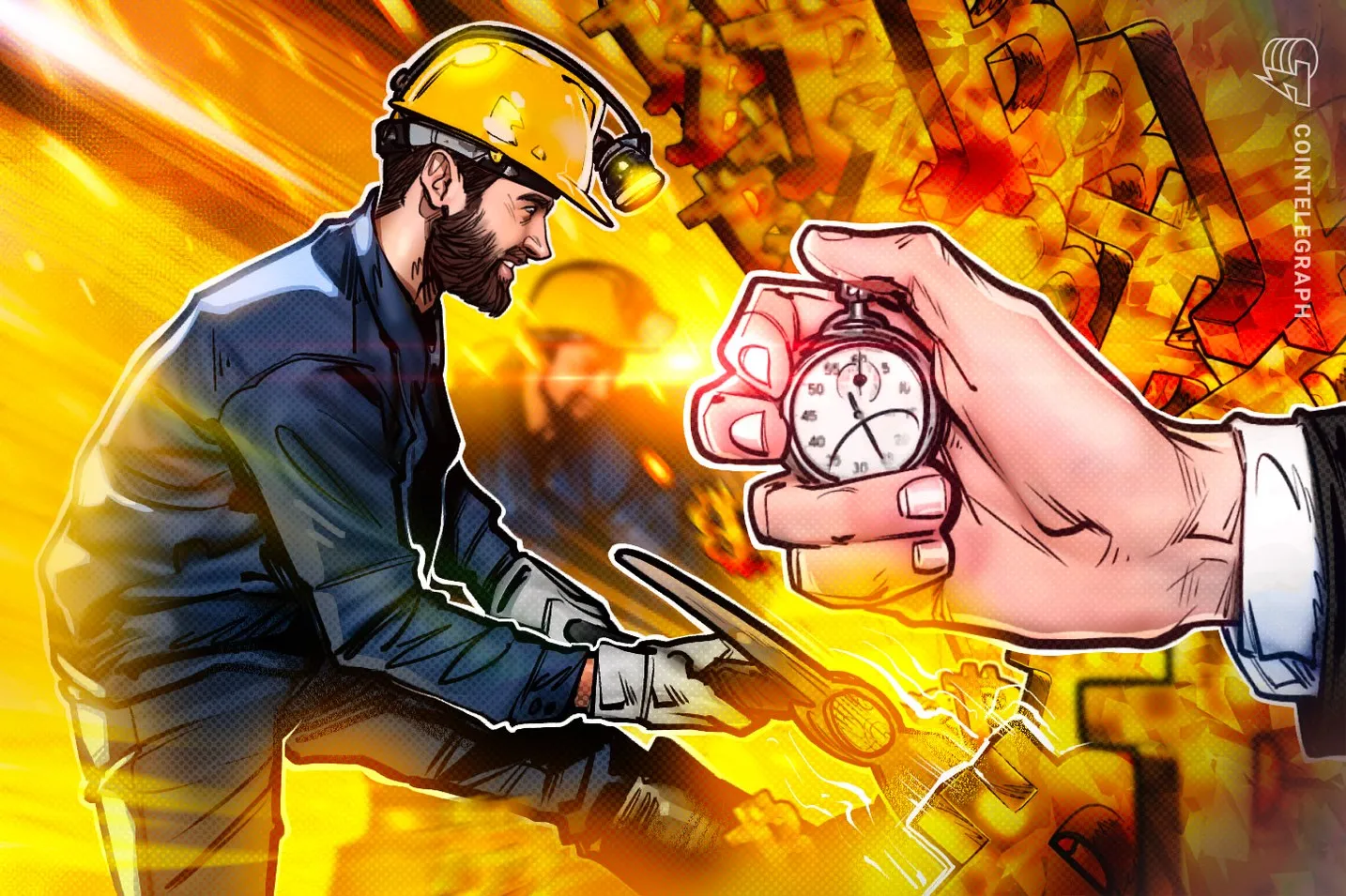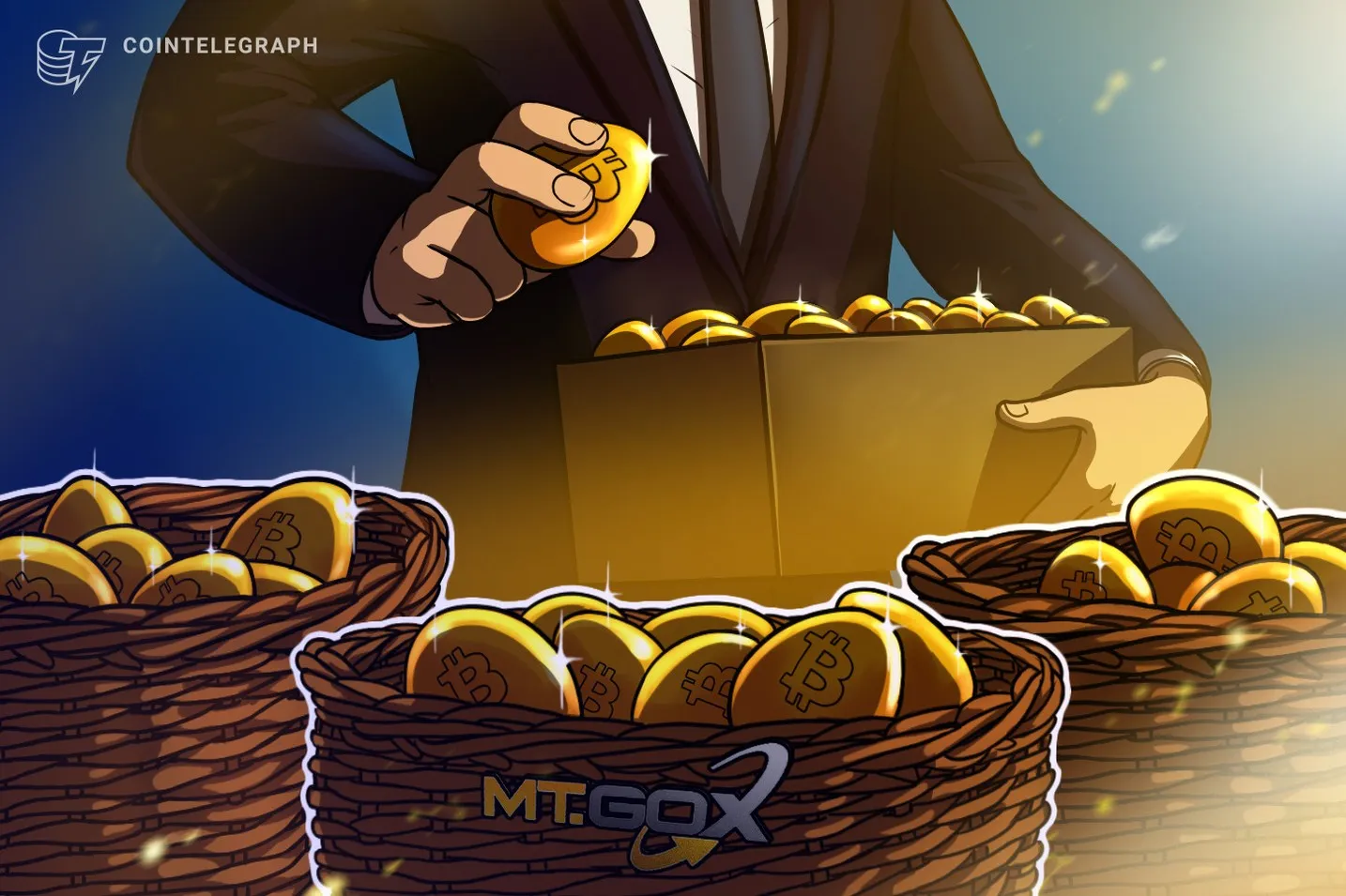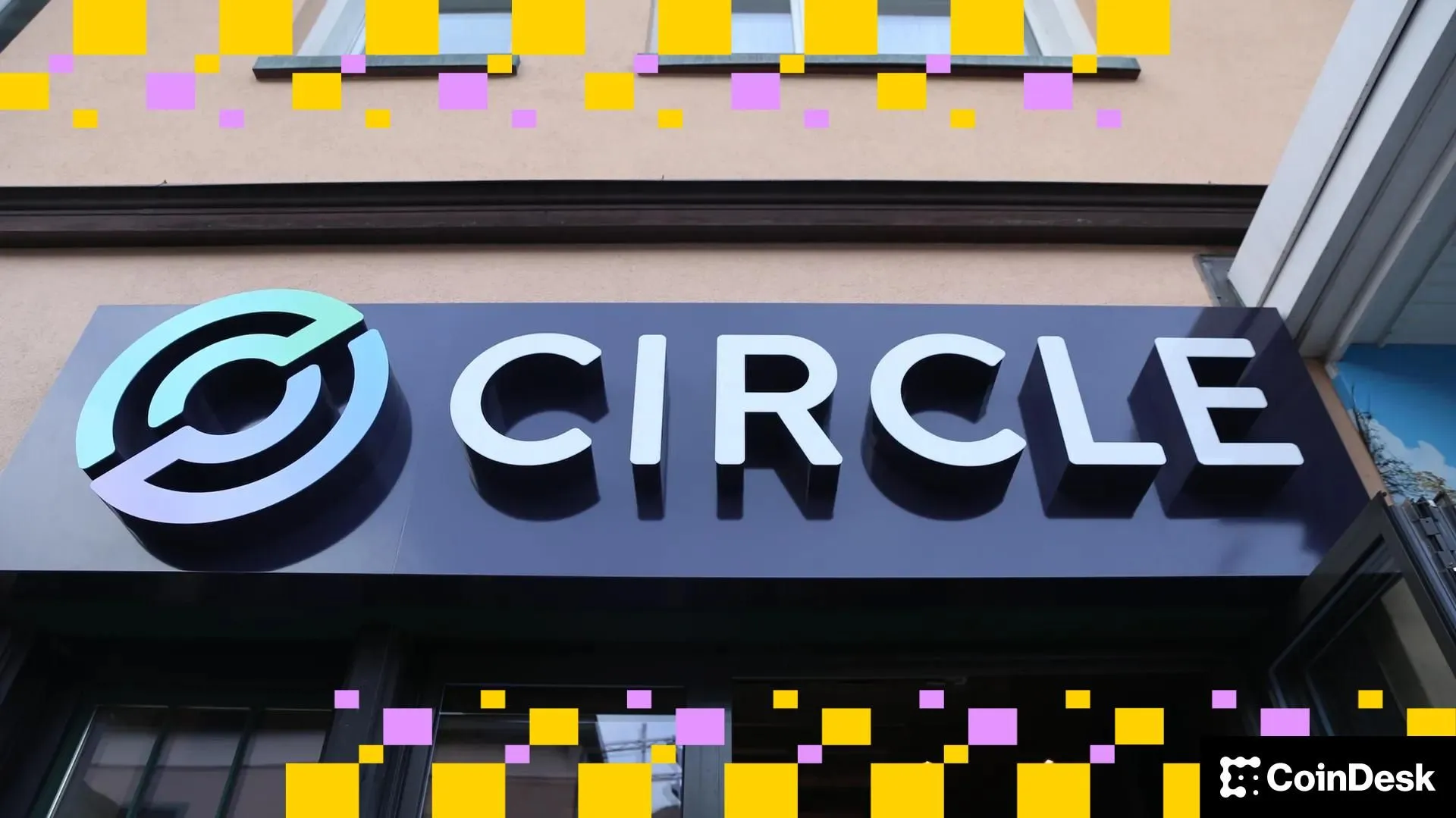In recent years, the payment ecosystem has been undergoing a profound transformation, one of the core aspects of which is the blockchain payment innovation driven by SWIFT, stablecoin institutions, blockchain platforms, and others. Traditional banks, wire transfer systems, and clearing networks still operate well but face issues such as the demand for real-time settlement, high cross-border fees, numerous transaction intermediaries, and insufficient transparency. Blockchain technology proposes solutions for payment infrastructure such as "24/7 settlement," "smart contract-driven," and "tokenized settlement assets."
Firstly, cross-border payments are one of the most evident scenarios for the current implementation of blockchain payments. Traditional cross-border transfers often take several days, involve multiple channels, and incur high costs, leading more and more enterprises and financial institutions to explore the use of blockchain ledgers and stablecoins for settlement to shorten time, reduce costs, and enhance transparency. Relevant studies suggest that in certain scenarios, blockchain payments can reduce traditional "3-5 business days" transfers to just a few minutes. Meanwhile, stablecoins and tokenized deposit forms are being used by banks and payment service providers for rapid settlement.
Secondly, in terms of large infrastructure, traditional payment networks are responding to the competition and opportunities brought by blockchain. For example, SWIFT recently announced the launch of a blockchain-based shared ledger project, integrating its global payment network with blockchain technology to promote real-time, always-available cross-border settlement capabilities, in collaboration with several major banks. This move signifies that mainstream financial infrastructure is shifting towards the integration with crypto/blockchain payment models.
Thirdly, from the perspective of regulation and infrastructure, the regulatory stance towards payment institutions, digital asset participants, and banks is changing. In the United States, the Federal Reserve Board has explicitly stated that it will "welcome" new participants from the DeFi and crypto sectors and emphasized the importance of innovative payment technologies. This suggests that future "payment accounts" may no longer be limited to traditional banks but could include institutions focused on payments, with pathways to access central bank systems also being explored.
These three dimensions—cross-border innovation, mainstream infrastructure adoption, and regulatory structure adjustment—together form the basic landscape of current blockchain payment innovation.
On the technical level, blockchain ledgers provide real-time (or near real-time) settlement capabilities, transparent and auditable transaction processes, and channels that are either decentralized or have fewer intermediaries. Stablecoins are increasingly common in payment scenarios as "redeemable on-chain dollars." Institutional reports indicate that the use of stablecoins in payment and settlement scenarios is accelerating. On the other hand, banks and payment institutions are also attempting to integrate these new channels to enhance user experience, reduce operational risks, and lower costs.
In terms of business, there are already typical cases. For instance, in Singapore, a payment platform has partnered with an exchange, allowing consumers to pay directly with stablecoins at merchants, who ultimately receive fiat currency. This case reflects the transition of blockchain payments from "experimentation" to "real commercial use."
Additionally, institutional-level payment innovation companies have also received significant capital support, with companies focused on blockchain payment infrastructure securing hundreds of millions in financing, indicating market confidence in this field.
Despite the significant advantages of blockchain payments, challenges remain in its implementation. First is compliance and regulatory risk. Cross-border, tokenized assets, and 24/7 settlement introduce complexities such as anti-money laundering, customer due diligence, and asset classification. Second is the issue of interoperability. Currently, different chains, protocols, and issuers of stablecoins and tokenized asset solutions have not formed a unified standard, which could lead to the "new island" problem. Third is the technical and operational risk. Blockchain networks need to ensure high availability, security, and resistance to attacks; any failure or delay could impact the payment experience. Finally, the transformation costs for traditional institutions cannot be overlooked: system integration, personnel training, process design, and risk management all require investment.
Looking ahead, blockchain payments are expected to accelerate in the following directions: First, more large financial institutions will initiate or accelerate token settlement solutions, collaborating or innovating with traditional payment networks. Second, regional digital payment networks (such as in the Asia-Pacific, Africa, and emerging markets) will become testing grounds for "blockchain payments + local fiat settlement," as these markets are cost-sensitive and have strong cross-border demand. Third, the regulatory framework will gradually improve. As major central banks and supervisory bodies recognize the significance of blockchain payments, they may introduce clearer entry requirements for payment institutions, definitions of stablecoins, and compliance requirements.
Related: Iran's large private bank Ayandeh goes bankrupt, affecting 42 million customers.
Original text: “Blockchain Payment Innovation: From Stablecoin Rails to On-Chain Integration”
免责声明:本文章仅代表作者个人观点,不代表本平台的立场和观点。本文章仅供信息分享,不构成对任何人的任何投资建议。用户与作者之间的任何争议,与本平台无关。如网页中刊载的文章或图片涉及侵权,请提供相关的权利证明和身份证明发送邮件到support@aicoin.com,本平台相关工作人员将会进行核查。




